 Colonel Claus Philipp Maria Schenk Count von Stauffenberg
Colonel Claus Philipp Maria Schenk Count von Stauffenberg (15 November 1907–21 July 1944), pictured left, was a German cavalry officer and Roman Catholic aristocrat who was one of the leading officers of the 20 July plot of 1944 attempting to assassinate Adolf Hitler and remove the Nazi Party from power in World War II Germany.
Stauffenberg was the third of three sons of Alfred Schenk Count von Stauffenberg, the last
Oberhofmarschall of the Kingdom of Württemberg, and Caroline Schenk Countess von Stauffenberg, née Countess von Üxküll-Gyllenband.
Claus was born in the Stauffenberg castle of Jettingen between Ulm and Augsburg, in the eastern part of Swabia, at that time in the Kingdom of Bavaria. The von Stauffenberg family is one of the old and distinguished aristocratic Roman Catholic families of southern Germany.
In 1926, he joined the family's traditional regiment, the 17th Bavarian Cavalry Regiment (the Bamberger Riders) in Bamberg.
Stauffenberg found some aspects of the Nazi Party's ideology repugnant; and he remained a practicing Catholic. On top of this, the growing systematic ill-treatment of Jews and suppression of religion had offended Stauffenberg's strong personal sense of religious morality and justice. While his uncle, Nikolaus Count von Üxküll, had approached him before to join the resistance movement against the Hitler regime, it was only after the Polish campaign in 1939 that Stauffenberg's individual conscience and his religious convictions made him consider joining.
In 1943, Stauffenberg was promoted to Oberstleutnant
-iG (lieutenant-colonel on the general staff) and was wounded serving in North Africa, losing his left eye, right hand, and the fourth and fifth fingers of his left hand.
He was later posted to Army HQ in Bendlerstrasse and one of his superiors was General Friedrich Olbricht, a committed member of the resistance movement. Stauffenberg was now fully committed to the resistance himself.
From the beginning of September 1943 until 21 July 1944, Claus von Stauffenberg was the driving force behind the plot. His resolve, his organizational abilities, and his radical approach put an end to inactivity caused by doubts.
On 20 July 1944 he planted a bomb in the conference room in which Hitler was attending a military conference. The bomb went off but did not kill Hitler who was protected by a heavy oak table. If, as was expected, the conference had been held in the bunker of his
Wolfshanze (Wolf’s Lair), Hitler could not have survived. But he did and Goebbels quickly restored control.
The conspirators were tracked to their Bendlerstrasse offices and were overpowered after a brief shoot-out, during which Stauffenberg was shot in the shoulder.
In a futile attempt to save his own life, the co-conspirator Colonel-General Friedrich Fromm, Commander-in-Chief of the Replacement Army, present in Bendlerstrasse, to save himself charged the other conspirators, held an impromptu court martial, and condemned the ringleaders of the conspiracy to death. They were shot that night (21 July 1944) by a makeshift firing squad in the courtyard of the
Bendlerblock, which was lit by the headlights of a truck.
As his turn came, Stauffenberg spoke his last words: "
Es lebe unser heiliges Deutschland!" ("Long live our holy Germany!").
 Fr Alfred Delp SJ
Fr Alfred Delp SJ
before the Nazi People's Court
martyred for the Faith in 1945
Rev Alfred Delp, SJ (15 September 1907 – 2 February 1945 ) was a German Jesuit priest born in Mannheim, Germany, to a Catholic mother and a Protestant father.
After matriculation – in which he came out top of his class – he joined the Society of Jesus in 1926.
He was later appointed rector of the
St Georg Church, part of the
Heilig-Blut (Holy Blood) Parish in the Bogenhausen neighbourhood in Munich. He preached both at
Heilig-Blut and at
St Georg, and also secretly helped Jews who were escaping to Switzerland through the underground.
Outspoken opposition to the Nazis by individual Jesuits resulted in harsh response from government officials, including imprisonment of priests in concentration camps. The government takeover of church property, the so-called "
Klostersturm", resulted in the loss of valuable properties and limited the work of the Jesuits in Germany.
It was Augustin Rösch who introduced Delp to the Kreisau Circle. As of 1942, Delp met regularly with the clandestine group around Helmuth James Count von Moltke to develop a model for a new social order after the Third Reich came to an end. Delp's role was to explain Catholic social teaching to the group, and to arrange contacts between Moltke and Catholic leaders, including Archbishop (later Cardinal) Preysing of Berlin.
After the July 20 plot to assassinate Hitler failed, a special Gestapo commission arrested and interrogated all known members of the Resistance. Delp was arrested in Munich on 28 July 1944 (eight days after Claus von Stauffenberg's attempt on Hitler's life), although he was not directly involved in the plot. He was transferred to Tegel Prison in Berlin. While in prison, he secretly began to say Mass and wrote letters.
On 8 December 1944, Delp received a visitor, Franz von Tattenbach SJ, and made his final vows to the Jesuit Order.
He was tried, together with Count von Moltke, Franz Sperr, and Eugen Gerstenmaier, before the
Volksgericht (the Nazi People's Court), the odious monster, Court President Roland Freisler, presiding. All were sentenced to death by hanging for high treason.
While he was in prison, the Gestapo offered Delp his freedom in return for his leaving the Jesuits, but he rejected it. Of all prisoners, only Delp had to wear chains and leg irons up to his execution. The sentence was carried out on 2 February 1945 at Plötzensee Prison in Berlin.
As with many of those tried, his body was cremated and his ashes strewn over manure fields.
 Ambassador Ulrich von Hassell
Ambassador Ulrich von Hassell
before the Nazi People's Court
martyred 1944.
(12 November 1881–8 September 1944) was a German nobleman and diplomat during World War II.
A member of the German Resistance against Hitler, Hassell was executed in the aftermath of the failed 20 July plot to assassinate
Der Fuehrer, spearheaded by Colonel Count von Stauffenberg.
Hassell was born in Anklam, Pomerania, the son of an Army officer from a Protestant family. Hassell, between 1899 and 1903, studied law and economics at the University of Lausanne, the University of Tübingen and in Berlin. He was active in the Corps Suevia Tübingen (a Student society). He began in 1909 to work as a graduate civil servant (Assessor) in the Foreign Office.
In 1911, Hassell married Ilse von Tirpitz, the daughter of Grand Admiral Alfred von Tirpitz. The couple had four children. In 1911, he was named Vice-Consul in Genoa.
In the First World War, Hassell was wounded in the chest in the First Battle of the Marne on 8 September 1914. Later in the war, he worked as Alfred von Tirpitz's advisor and private secretary. He also later wrote his father-in-law's biography.
After the war ended in 1918, Hassell returned to the Foreign Office and worked until the early 1930s in Rome, Barcelona, Copenhagen, and Belgrade. In 1932, Hassell was made Germany's ambassador to the Kingdom of Italy.
In 1933, Hassell favoured Western-Christian unity in Europe rather than the Nazi-Soviet pact. After the outbreak of the Second World War, Hassell took part in plans to overthrow Hitler.
Hassell's main function was to be a liaison between the conservative opposition groups centred around Carl Friedrich Goerdeler and Ludwig Beck and the younger Kreisau Circle. After 1943, he took a background role and played no part in the plot to kill Hitler.
Nevertheless, on 29 July 1944, Hassell was arrested by the Gestapo for his involvement in the July plot, something that he had foreseen. On 8 September, after a two-day trial at the People's Court, over which presided the monstrous Court President Roland Freisler, he was sentenced to death. He was executed the very same day at Plötzensee Prison in Berlin.
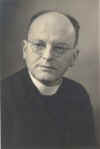 Dr Hermann Josef Wehrle
Dr Hermann Josef Wehrle
curate at Holy Blood Church, Munich,
martyred for the Faith in 1944
Rev Hermann Josef Wehrle (26 July 1899-14 September 1944) was a Catholic priest who was also tried by the People's Court and executed..
Born in Nuremberg, in his early childhood his family moved to Frankfurt, which was still an independent city and regional seat at that time. There he grew up and went to the school. In the First World War, from 1917, he took part in the war but thereafter studied Catholic theology in Fulda, finishing his studies in 1922.
He studied philosophy and history in Frankfurt, and attained a doctorate in 1928. In 1942 he was ordained a priest and was appointed curate at Munich/Bogenhausen.
On 13 December 1943 Wehrle was asked by cavalry Major Ludwig Baron von Leonrod, in a private spiritual conference effectively under the seal of the confessional, whether it was a sin to know about an assassination attempt plan and not to reveal it. Wehrle answered this question in the negative after consulting the
Encyclopaedia of Theology and the Church on the issue of the assassination of tyrants.
On 18 August 1944 Wehrle was arrested on the accusation of having knowledge of the 20 July assassination plot against Hitler’s life and was brought before the People's Court under its odious Court President, the brutal monster Roland Freisler. Despite his intelligent and well-argued defence, calmly, courageously and even amusingly delivered before the court, and which showed that he had committed no crime, Fr Wehrle was nevertheless condemned to death on 14 September, the Feast of the Exaltation of the Holy Cross.
He was hanged on the same day in the state prison of Berlin in Plötzensee, along with other victims of the terror that followed the failure of the 20 July plot.
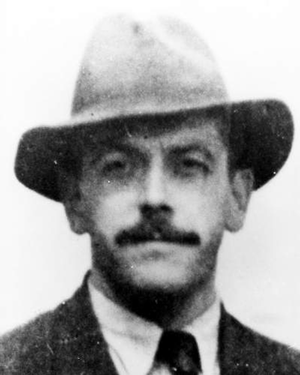 Major Ludwig Freiherr (Baron) von Leonrod
Major Ludwig Freiherr (Baron) von Leonrod
Cavalry officer and devout Catholic aristocrat
martyred for the Faith in 1944
Major Ludwig Freiherr (Baron) von Leonrod was the oldest child of Wilhelm Baron von Leonrod and his wife Clara, born Baroness von Sazenhofen.
His father was a personal aide at the Royal Court.
After Matriculation in 1926, Ludwig Baron von Leonrod chose the career of an Army officer, following family tradition. His career began in Bamberg in the 17th Bavarian Cavalry Regiment, where he came to know
Claus von Stauffenberg, a brother officer.
In 1930 he was promoted second lieutenant, in 1933 to first lieutenant and in 1937 to captain of cavalry. In 1941 whilst a major and commander of a Reconnaissance unit, he was awarded the Iron Cross. After being gravely wounded by a mine at the beginning of 1942, he was transferred to Munich to the VIIth Military District. In March 1943, he married Monika, Baroness von Twickel (born 1908).
In the autumn of 1943, von Stauffenberg sought co-conspirators from within the military districts.
He told Leonrod of his plans in December but Leonrod was opposed. He wanted to support his friend, but, for reasons of conscience, was unsure about the morality of the planned attack. A believing Catholic, he accordingly asked, on 13 December 1943, in a spiritual conference with the parish curate,
Rev Dr Hermann Josef Wehrle, whether concealing his knowledge regarding the assassination attempt plan was a sin. Wehrle answered this in the negative after consulting theological works.
Leonrod played no part in the plot during its whole operational sequence.
A training posting sent him to Army HQ in Bendlerstrasse (now
Stauffenbergstrasse) so that he was present on 20 July when the plot was put into execution.
In the evening he returned to his training course accommodation, but found himself arrested on the following day. On 14 August he was dishonourably discharged from the armed forces following the decision, on 2 August 1944, of a Court of Honour, so that the
Reich Court Martial was no longer responsible for sentencing him.
Instead, on 21 August 1944, he was taken before the People’s Court, under the deeply odious monster, Court President Roland Freisler. After a show trial he was sentenced to death.
Judgement was carried out on 26 August in Berlin’s Plötzensee prison. On 14 September, Fr Wehrle was hanged also.
In Bamberg Cathedral a memorial tablet commemorates the memory of Major Ludwig Baron von Leonrod and the five former members of the 17th Cavalry Regiment who lost their lives in the fight against the brutal Nazi regime.
Hail Christian martyrs of Catholic Bavaria
and the old, once Christian, Germany!
_____________________






















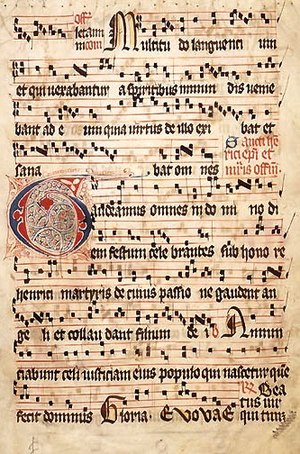

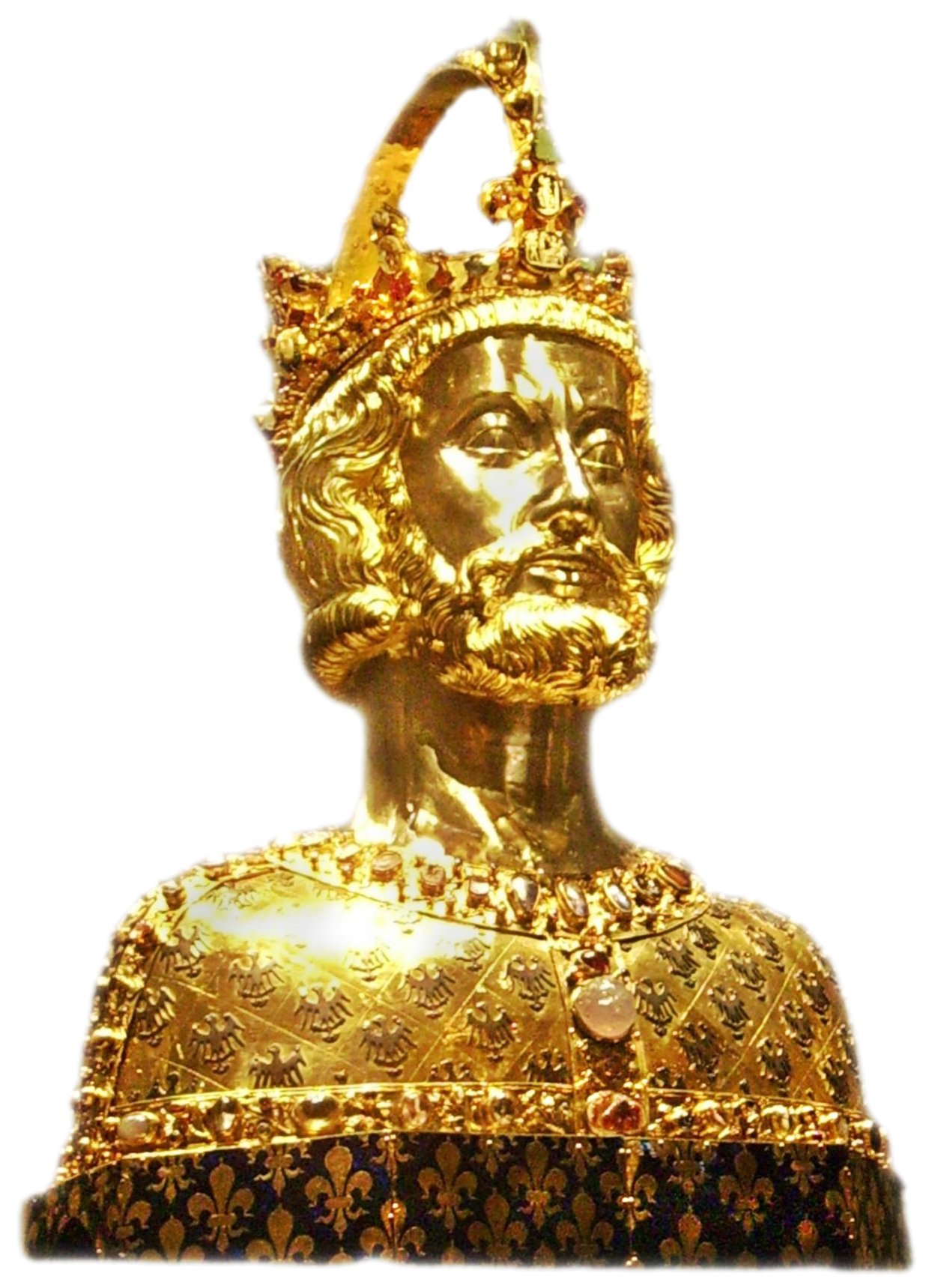



.jpg)


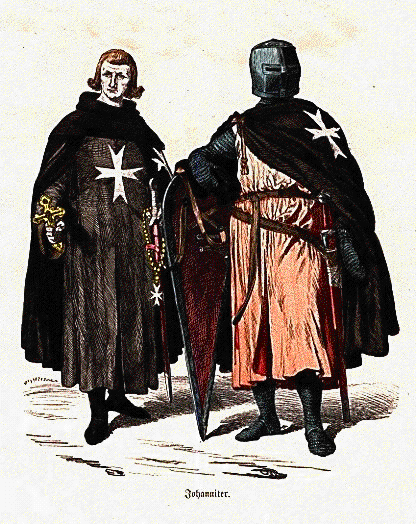

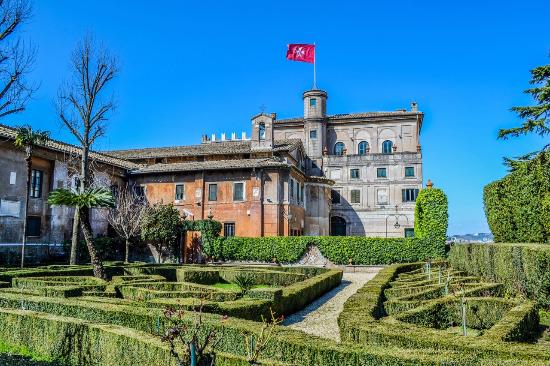


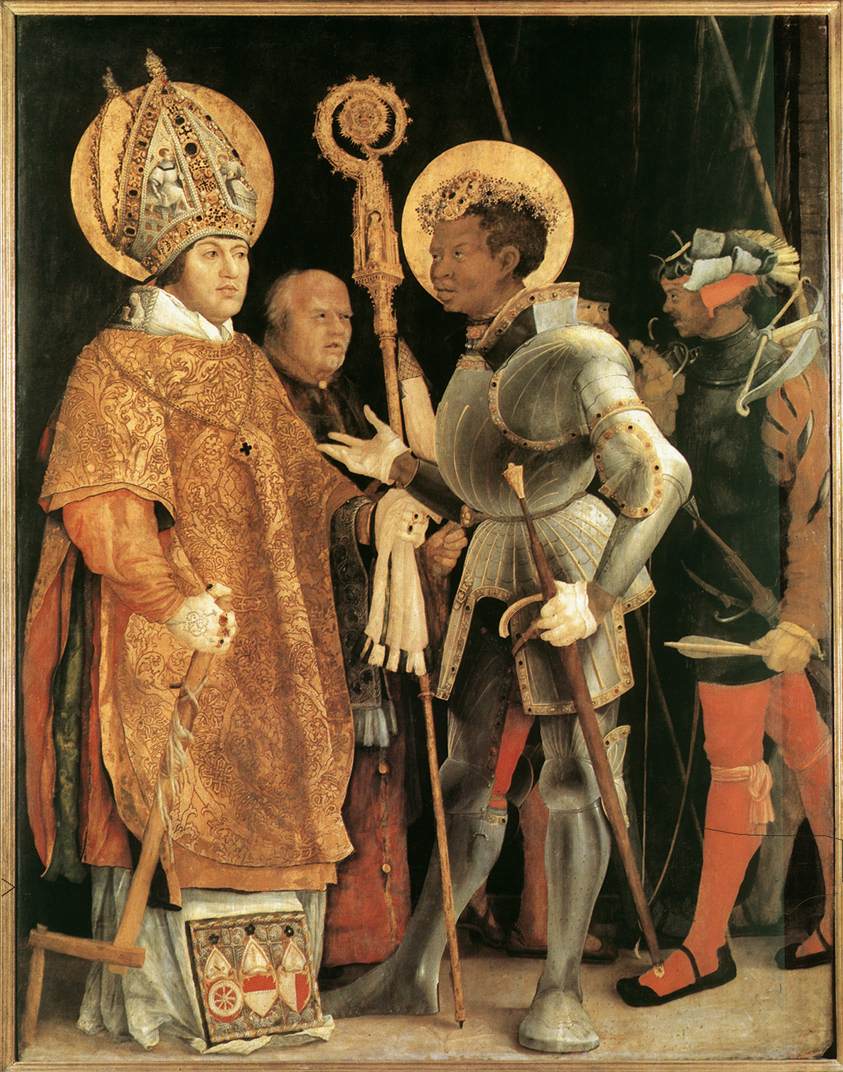
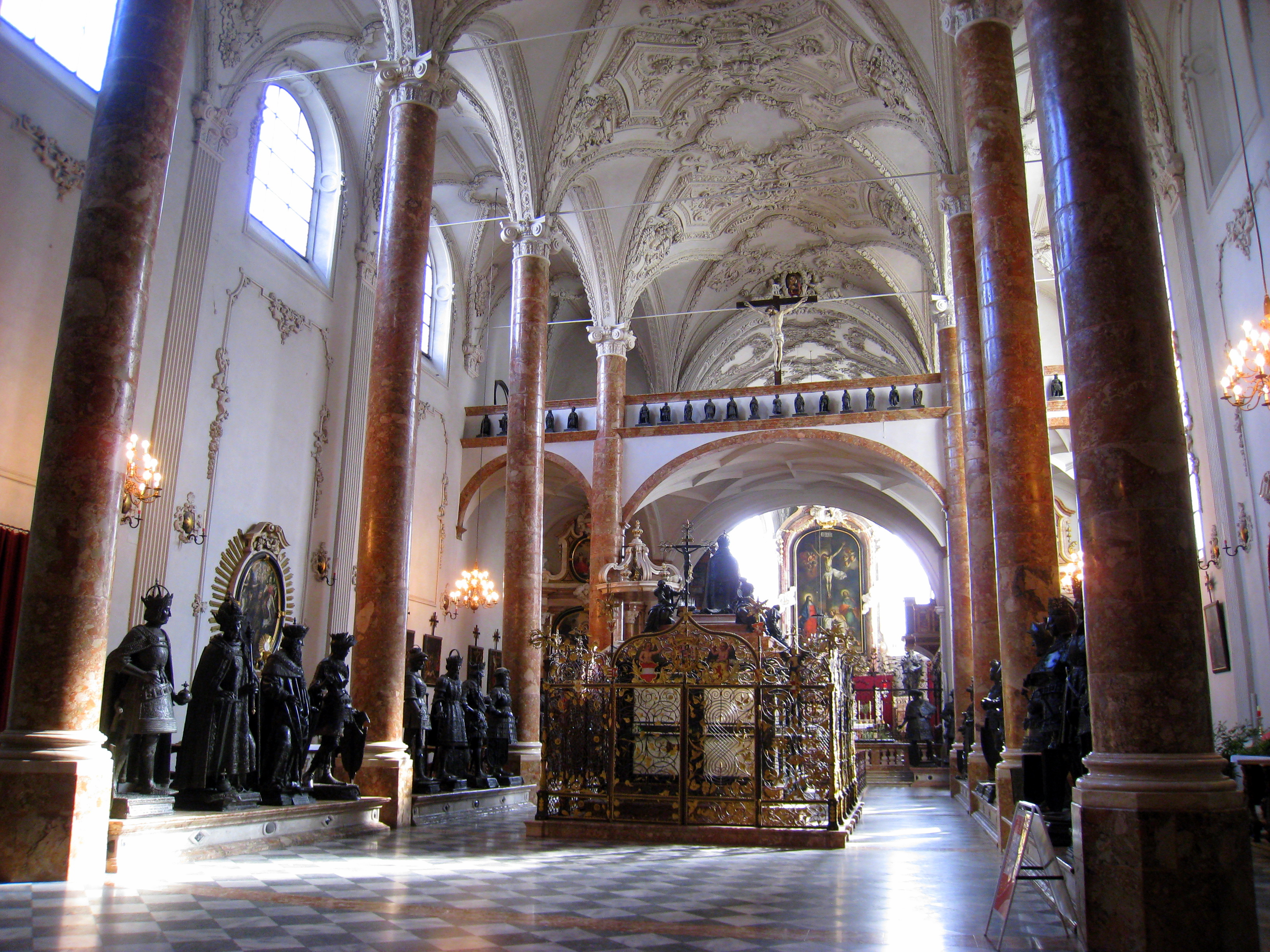


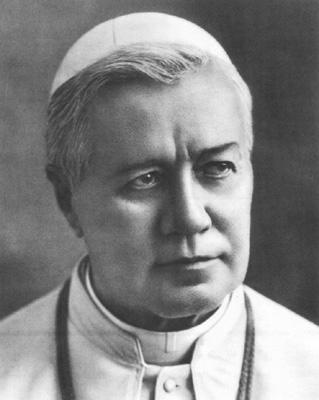






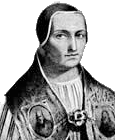






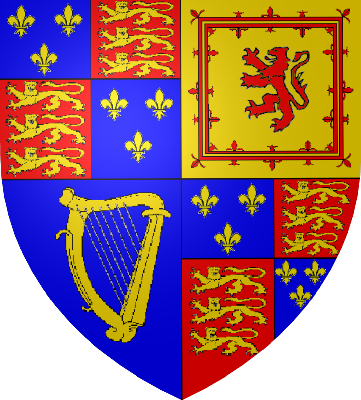
_-002.jpg/220px-Circle_of_Anton_Raphael_Mengs,_Henry_Benedict_Maria_Clement_Stuart,_Cardinal_York_(ca_1750)_-002.jpg)


